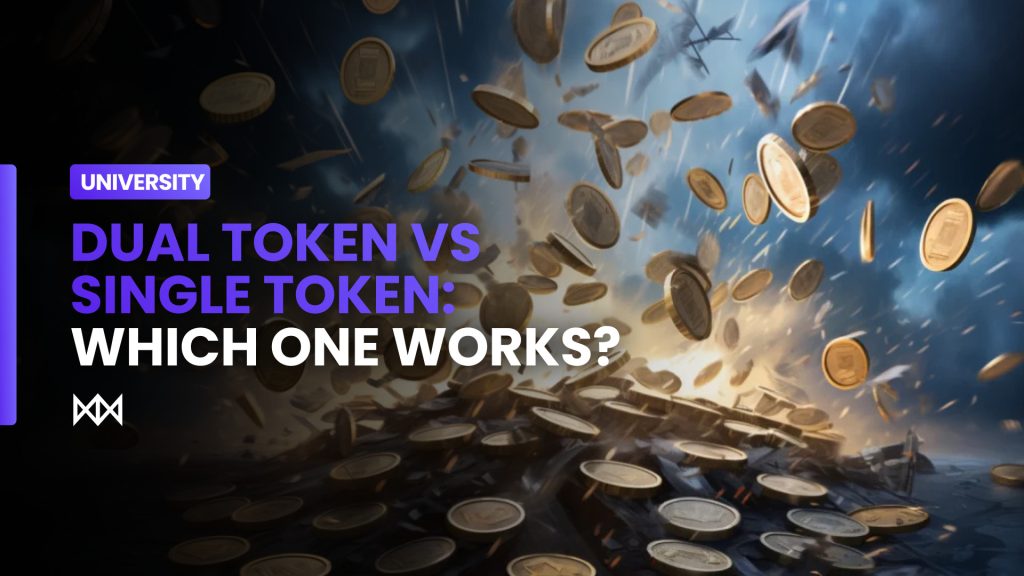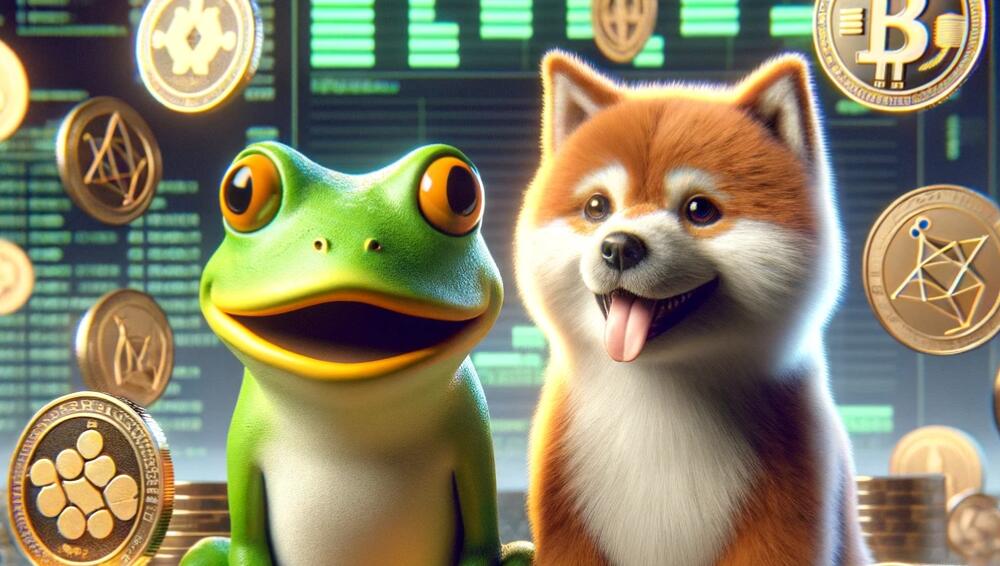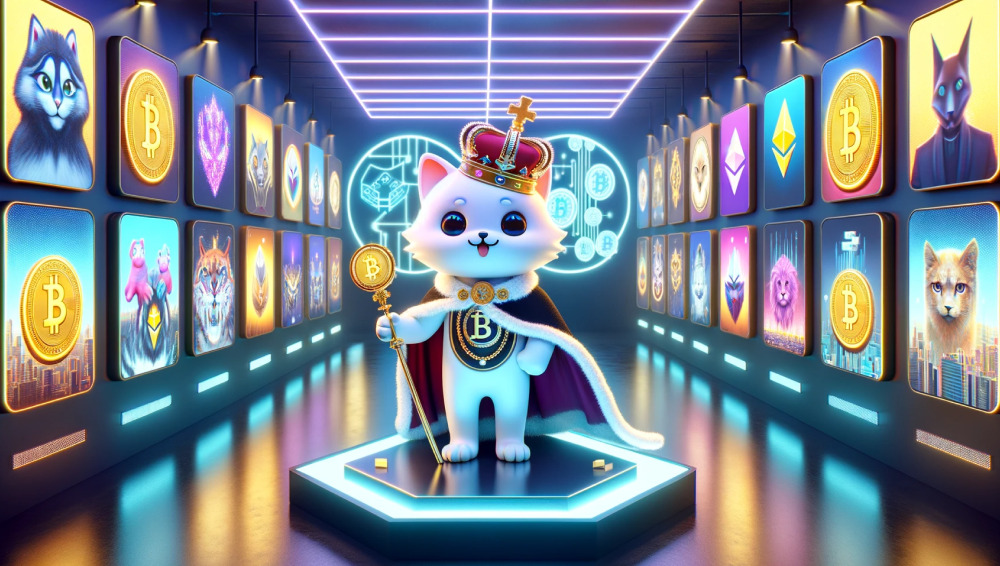Tokenomics has been in the heat of many talks since GameFi took the stage in 2021 onwards. As the last bull market was taken over by Initial Coin Offers (ICOs) in 2017, NFTs and alternative Layers 1’s in 2019, the dawning of 2024 bears signs of GameFi making waves. After Limit Break and Gala Games raised $200k each, a jaw-dropping increase of Shrapnel since token listing followed. Such hopeful beacons might signify the beginning of a new era for Web3 games. The question remains, will games with dual or single token economy do better in years to come?

There are no coins in the game, really
First thing first, it’s necessary to establish a sour truth. There are no coins in the game (yet). And all those pieces blabbering about the ‘The Best Gaming Coins in 2023’ are just poor SEO grab spamticles.
In the kaleidoscopic world of gaming, where dragons can be tamed and galaxies conquered at a click, it’s amusingly ironic that we’re still stuck discussing coins, not token. Why, you ask? Well, it’s quite simple: in the gaming realm, those shiny digital assets we’re all hoarding are not the majestic, self-sustaining coins with their own blockchains, like Bitcoin lounging on its own Bitcoin blockchain throne. Nope.
They’re more like the tenants renting space on existing blockchains, like party guests who didn’t bother to bring their own drinks. These are tokens – digital party crashers living on the likes of Ethereum, borrowing its blockchain magic to exist. So, next time you’re trading in your hard-earned game loot, remember, you’re dealing in tokens, not coins. Coins in gaming? Not yet.

Dual Token Economies
The tokenomics of blockchain-based games, notably pioneered by Axie Infinity, has led many others, including Illuvium and Star Atlas, to embrace a dual-token model. This model intricately balances two types of tokens: a share token (ST) and an in-game currency (IGC).
The IGC is engineered for price stability, delicately balancing demand from incoming players with the supply from veterans monetizing their in-game achievements. In contrast, the value of the ST is directly correlated with the growth of the game’s user base, further buoyed by the fees generated within the game ecosystem.
Single Token Economies
Conversely, games like Aurory or Defi Kingdom opt for a single-token model, where aspects of the ST are incorporated as in-game rewards. This merging of roles, however, is not without its pitfalls. A significant surge in the token’s value could inadvertently erect financial barriers for less affluent players. Additionally, the practice of distributing the token as rewards could instigate inflation, potentially stunting its value growth over time.
Ethereum’s native token, $ETH, epitomizes this conundrum. Serving dual purposes as a utility token for transactions and a security token that appreciates with the platform’s usage, $ETH faces a quandary. As its price escalates, it risks becoming prohibitively expensive, potentially alienating a segment of its user base.
Pros & Cons: a lasting dilemma
Yet, the single-token model boasts its own set of strengths. Utilizing the primary token for in-game rewards dissolves the divide between players and investors, nurturing a cohesive community spirit. Furthermore, the diverse applications of the main token amplify its utility and attractiveness in the market.
Exploring the dual-token model further, its advantages lie in the stability offered by the IGC. As a stable medium of exchange, it facilitates predictable in-game transactions. Simultaneously, the ST’s growth potential, anchored to the game’s popularity, provides a compelling reason for players to invest and hold onto their tokens. However, this model isn’t without its drawbacks. The inherent complexity of managing two separate tokens can be daunting for users. Additionally, the segregation of tokens opens doors to potential market manipulation, as savvy players might exploit these dynamics for financial gain.

Wrap-up: think twice before making a move
Benefits of Using a Dual-Token System:
- Price Stability with IGC: The In-Game Currency (IGC) in a dual-token model is specifically designed to maintain price stability, providing a reliable and predictable exchange medium within the game.
- Value Growth for ST: The Share Token (ST) in this system increases in value in line with the game’s popularity, encouraging players to retain their tokens as a form of investment.
Challenges of the Dual-Token System:
- Complexity in Management: Navigating the dual-token system can be more intricate and challenging for users to comprehend and manage effectively.
- Risk of Market Manipulation: The existence of two separate tokens opens the door to potential market manipulation, as players could exploit this divide for financial gain.
Benefits of a Single-Token Framework:
- Ease of Understanding: The single-token model presents a more straightforward system, making it easier for players and investors to understand and manage.
- Community Cohesion: Utilizing just one type of token helps in building a more cohesive community, as it blurs the lines between players and investors, creating a unified group.
Challenges of the Single-Token Framework:
- Inflation Concerns: The practice of awarding the same token as rewards can trigger inflationary pressures, which might negatively impact the token’s long-term value.
- Issues with Affordability: As the value of the token increases, it may become prohibitively costly for new or less wealthy players, potentially limiting accessibility to the game.
Disclaimer: This article is provided for informational purposes only. It is not offered or intended to be used as legal, tax, investment, financial, or other advice.






